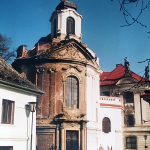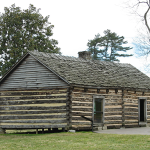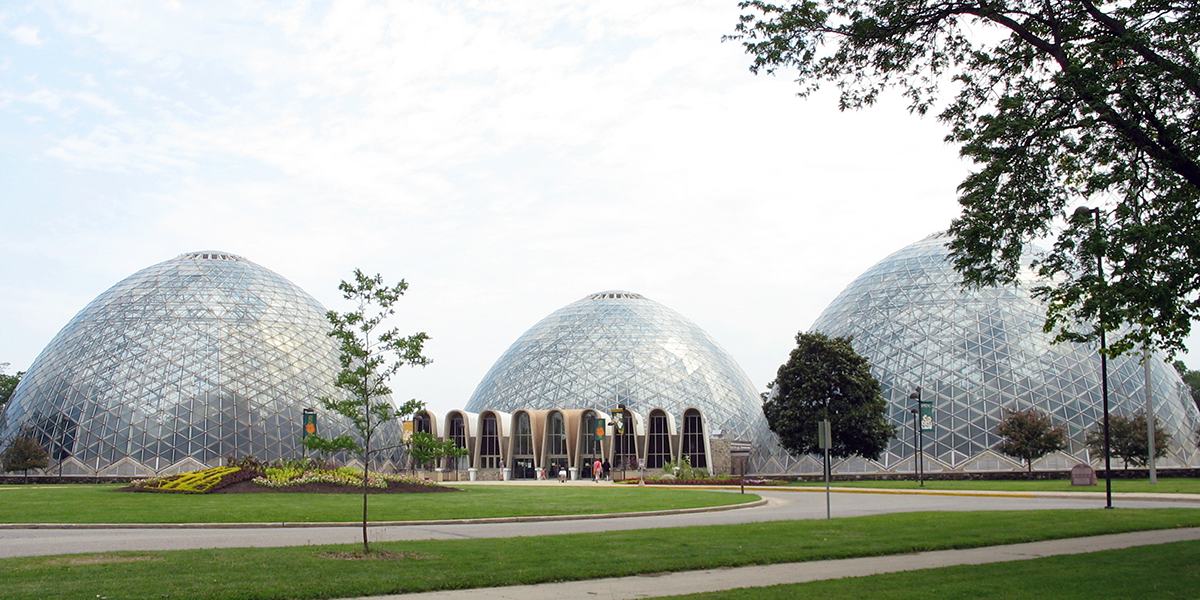I call myself a preservationist with futuristic tendencies. There is no point in preserving the past without thinking about the transformational impact it can have on the environment and generations to come. I’ve been posting snippets of #MyPreservationIs on other social media throughout May, but felt a need to draft something more formal in response to the National Park Service’s effort to define historic preservation as part of National Preservation Month.
#MyPreservationIs Layered

My childhood exposure to historic house museums never prepared me for the layers of history that can be experienced in European cities. Exposure to architectural layers provides a tangible introduction to how our environment and our communities react to famine and fortune. Preserving multiple layers of history should be second nature everywhere.
Recognizing these layers of development as being significant leads to:
#MyPreservationIs Iterative

Like the communities and resources we are trying to preserve, the field of heritage preservation must evolve to ensure its relevancy. If we as historians are not able to learn from the errors of the past and recognize similar pitfalls in the present, who can? I wrote about this in one of my first scribblings, preservation is iterative. By encouraging our field to be iterative, we can also evolve personally and professionally.
I am still a work in progress through iteration, especially in recognition that:
#MyPreservationIs Motley

Growing up in a community settled almost solely by European immigrants, I was not really exposed to the authentic history of other cultures as a child. I began to seek other perspectives and stories when I left home, and I still have much to learn. As a preservation professional, I am also very aware of difficult histories that must be preserved and shared. Doing so is a critical step in creating a world filled with decency and compassion.
Preserving and sharing our world’s motley history leads to:
#MyPreservationIs Connected
Architecture drew me to preservation. I remain in the field because preserving and learning about cultural heritage — tangible and intangible — connects me to a larger community. Everything I do, whether it is creating a new course for Stonebridge Learning or commenting on a project before the Heritage Preservation Commission or scribbling my thoughts in a blog, is meant to help connect people to our shared heritage and our unique stories. Through that, I hope we can become better connected to each other.
In the end, #MyPreservationIs not about me, it’s about our collective future.
Featured image, above: Architect Donald L. Grieb Associates designed the Mitchell Park Horticultural Conservatory (commonly called the Mitchell Domes) on land donated to the City of Milwaukee by the family of Alexander Mitchell, grandfather of General Billy Mitchell. I have fond memories of visiting Mitchell Park as a child and it still represents the future to me. The complex was included on the National Trust for Historic Preservation’s 11 Most Endangered Places in 2016 and was also named one of their National Treasures. Although it is possible my Mitchell ancestors were distantly related to the Mitchell family in Milwaukee, I have yet to find a genealogical connection.


May 31, 2017 at 8:34 pm
I am convinced that people who work in history are natural futurists. We get to study the larger context of historic events through our research and see how repetitive human nature is over time. This makes for fertile ground for projecting what might happen in the future.
June 1, 2017 at 8:20 am
It certainly is a natural fit and I suspect that many historians feel similarly. But I know too many who still focus solely on the history instead of what it can teach us about today and tomorrow (and each other). I’m again reminded of the Tom Toro cartoon about those who study history. Too many historians stand by and watch it repeat.